[Zi Niu Toutiao] "Picking Tort" in the Thames, Chinese students have discovered different history
Author:Yangzi Evening News Time:2022.09.27
Otherwise, the right to investigate legal responsibility
Zhang Shengjia, a Chinese student, went to study in London, England, and accidentally found that someone "picked up tatters" in the mud in the Thames Beach. After a deep understanding, he found that this "picking tattered" by the Thames was a profession hundreds of years ago. Many poor children lived a living, and the British called it "mudlarking". With the development of the times, no one has relying on the Thames Beach to "pick up the broken" as a living, but this kind of activity has evolved into an amateur archeology. Zhang Shengjia also joined the ranks of "picking up" by the Thames. He has found Feng Shui money brought by Chinese immigrants, and also found many Chinese style "green willow porcelain" fragments produced by the UK. He made these items into a graduation design and recently held an exhibition. The Yangtze Evening News Zi Niu Journalist dialogue Zhang Shengjia, listening to his interesting story about "muddy treasure hunt" by the Thames River.

From low work to amateur archeology
"Muddy Treasure Hunt" is rejuvenating new vitality
Zhang Shengjia is a native of Chaoshan, Guangdong. He studied interior design in college. In 2020, he went to London, England to study the master's degree in pure art (Fine Art).
During that time, the new crown epidemic in the UK was more serious, and there was nothing to go. He felt boring. He stood on the balcony every day and watched the Thames downstairs. He accidentally found someone searching for something on the river beach.
Zhang Shengjia was interested in waste items since he was a child and liked to find materials and research objects from it, so he conducted in -depth understanding and found that these people were doing "Mudlarking".
London is an ancient city, with a history of more than 2,000 years. The Thames has passed from this city. It has become a place for residents to deal with garbage for thousands of years. inside. Because the mud is anaerobic, the buried items inside are preserved well.
Affected by the sea, there is a tide in the Thames sooner or later, and the gap reaches 7 meters. Under the impact of the tide, some garbage fragments are turned up every day. thing.
After the 18th Century Industrial Revolution began, London's population increased rapidly. A large number of poor lived on both sides of the Thames. Some people dug on the mud of the river beach to dig value. At that time, the "muddy treasure hunting" was mainly poor children. They were shy, and their bodies were covered with silt odor, so that people could be distinguished at a glance. They can only move by the river, go to pick up the wasteland when the tide is retreated, and does not leave until the tide. In fact, until the beginning of the 20th century, the "muddy treasure hunt" in the Thames beach was still a legal profession.
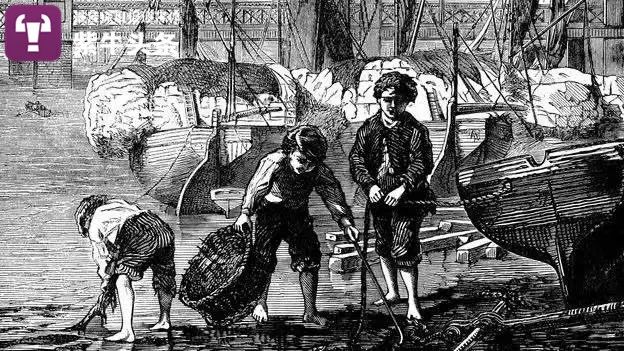
"Muddy Treasure Hunt" in history
In the past, the British had prejudice against this profession. The "London Labor and the poor in London" published in 1861 called "muddy treasure hunt" as "unwilling to work" and put them in the chapter of "thief and liar".
But now, the "muddy treasure hunt" activity of the Thames is still continuing, but "picking up" is no longer a poor child who is to make a living. Instead, they are keen to be keen to urban history and archeology.
Because the Thames has been buried in the silt of more than 2000 years, it is considered to be one of the richest archeological sites in the UK, or it may be one of the largest archeological sites in the world. Because the things in the mud may be brought into the sea by the tide and disappear forever, the London Museum also encourages citizens to find treasures in the Thames Beach.
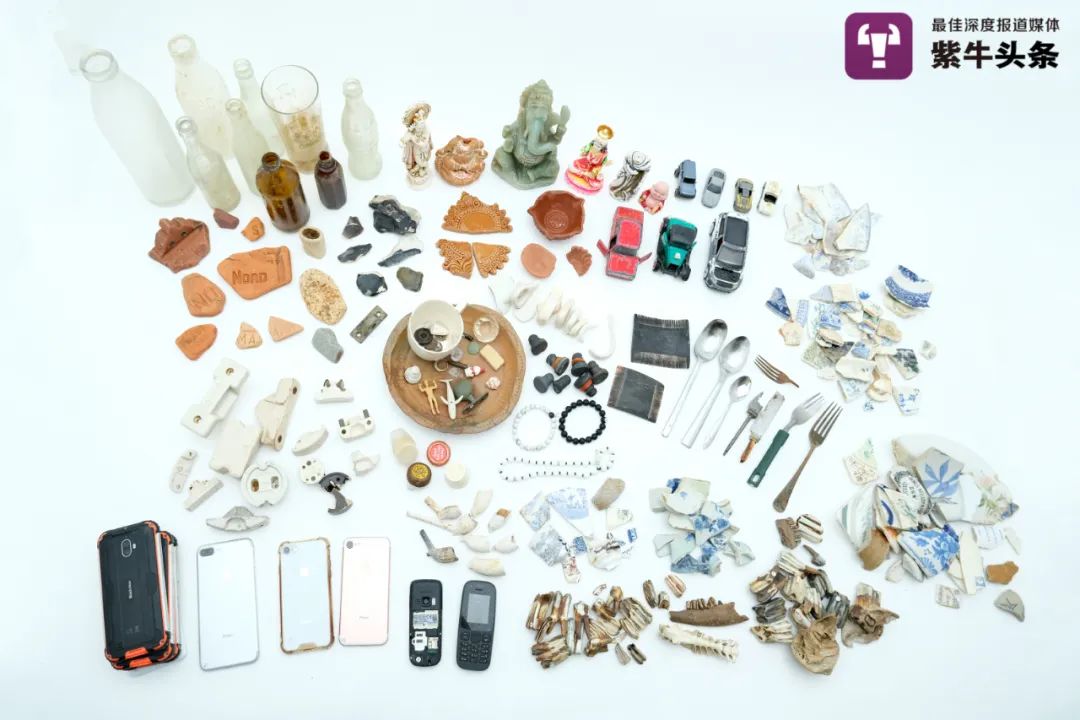
Zhang Shengjia's "Muddy Treasure Hunt" found items
I need to apply for a license to go for treasure hunting
Do not work rudely during excavation
Zhang Shengjia learned about these interesting history, so he also joined the ranks of "muddy treasure hunt".
He told reporters that "muddy treasure hunt" was not about to go, but had detailed regulations. The Thames is still a busy waterway. The river beach is managed by the Port Authority of London. Thinking of the "muddy treasure hunt" here, it is necessary to apply for a license to the bureau. It can be seen on the official website of the London Port Authority that the three -year "muddy treasure hunt" license needs to be paid £ 96, and the monthly license fee is 42 pounds, and children have discounts.
With a license, you cannot search at will. You must be in the prescribed area, and there are requirements for the depth of mining. Generally, you cannot exceed 7.5 cm (3 inches). The excavation action should be gentle, and the rude operation is prohibited. After turning out of the soil, you need to fill it, and you cannot leave obvious marks. The London Port Authority said it was to "protect the health of the food chain of the river beach and the health of all creatures in the Thames area."
If you find valuable or archeological items during "muddy treasure hunt", you must report to the London Museum's "Moving Cultural Relics Plan" report, and write down the position and depth of the discovery, and take the items to evaluate the assessment After a period of study, the museum will return it to the discovery. If you do not report it, you can take pictures and take notes, but keep the items in place.
Zhang Shengjia's "muddy treasure hunt" found all kinds of items
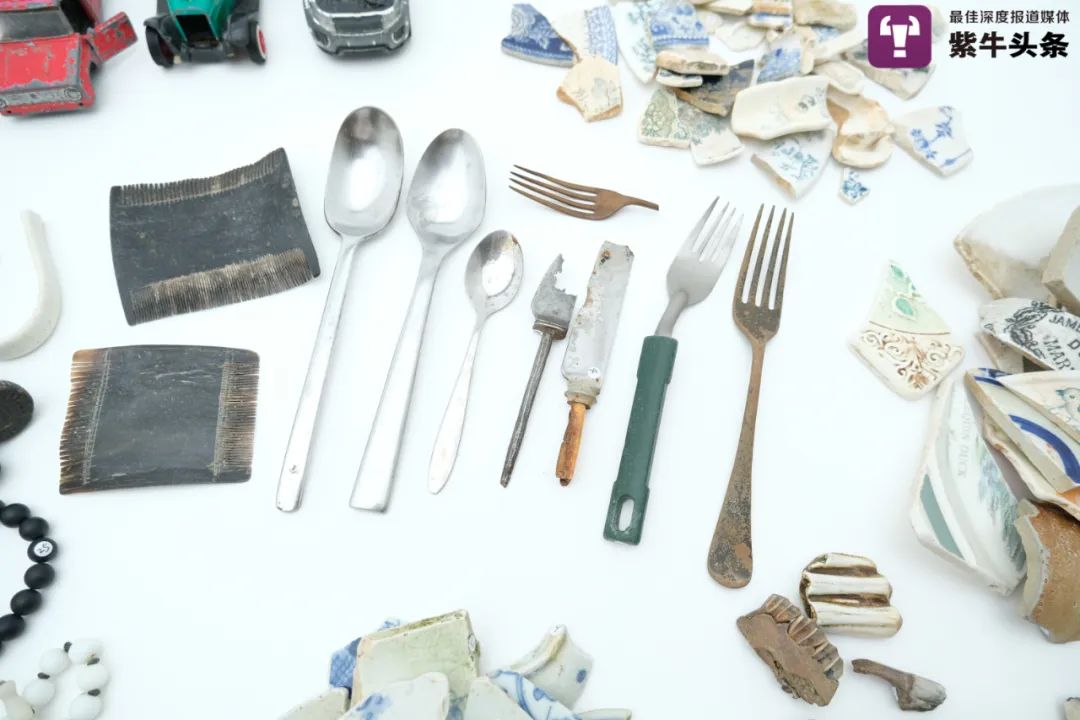
Some "muddy treasure hunt" also has more professional tools, such as metal detectors. However, it is not possible to use magnetic treasures, because the Thames is a channel, and magnets may affect shipping.
There is also a more professional "muddy treasure hunt" permit, which needs to be issued by the museum. Zhang Shengjia may only have dozens of people who hold the certificate. They can go to more areas for deeper excavation.
"Milid treasure hunt" is dangerous
The tide rises almost on the shore
There is also a certain danger in the "muddy treasure hunt" in the Thames. This river tide is large, the waves are cold, and the river channel is a bit curved. If you do n’t observe carefully, the tide rises suddenly, and you may encounter danger. "
On one occasion, when Zhang Shengjia went back, he found that a section of the river beach that was originally exposed was overwhelmed by the tide. Thanks to some British uncle on the shore, he told him how to go, and the run relay pointed to him one by one. He ran a few hundred meters before he finally found a ladder to climb up.
Many areas in the river beach are mud, and the whole leg may be trapped in one foot. Once he fell in, he resolved the sleep with the help of a friend.
Zhang Shengjia "muddy treasure hunt" by the river
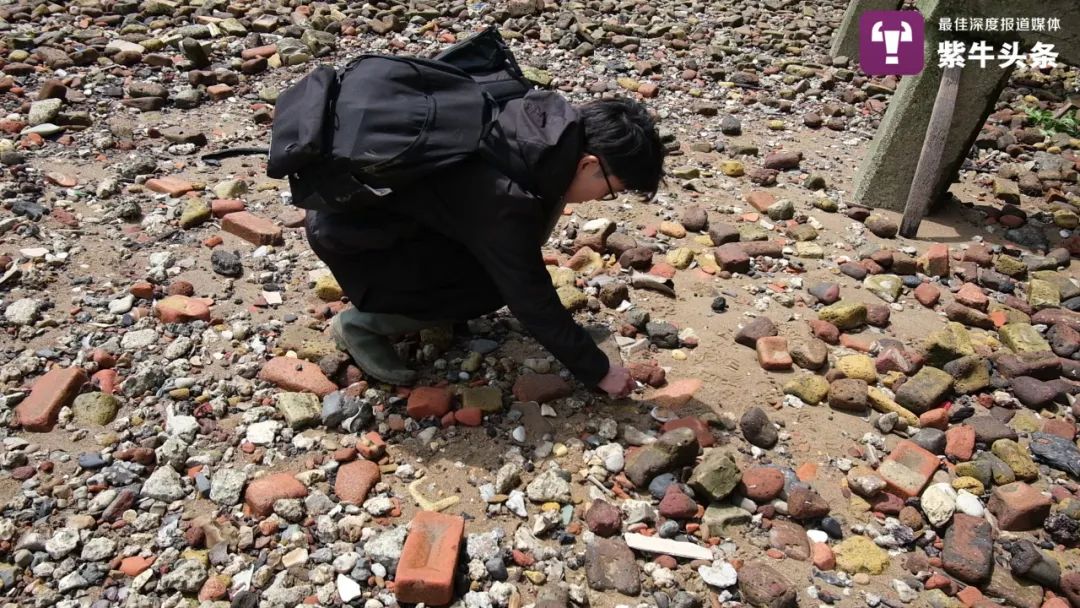
The Port Authority of London also warned that it may be stabbed by nails or broken glass in the mud, and it may also be stained with diseases such as "Weier disease" transmitted by mice.
Zhang Shengjia picked up the Thames Beach for two years "tattered", and found the ruby ring of the 1930s, the Victorian comb, and the mosaic tiles in the ancient Roman period. However, it is more worthy of garbage, such as IKEA's fork, broken cup handle, beer bottles, old phones, etc.
Animal teeth can often be found on the river beach. Zhang Shengjia said that this is related to the urban history of London, because the British are used to building facilities such as slaughterhouses and other facilities in history, so that sewage and garbage can be ranked directly into the river.
"Muddy Treasure Hunt" found the teeth of many animals
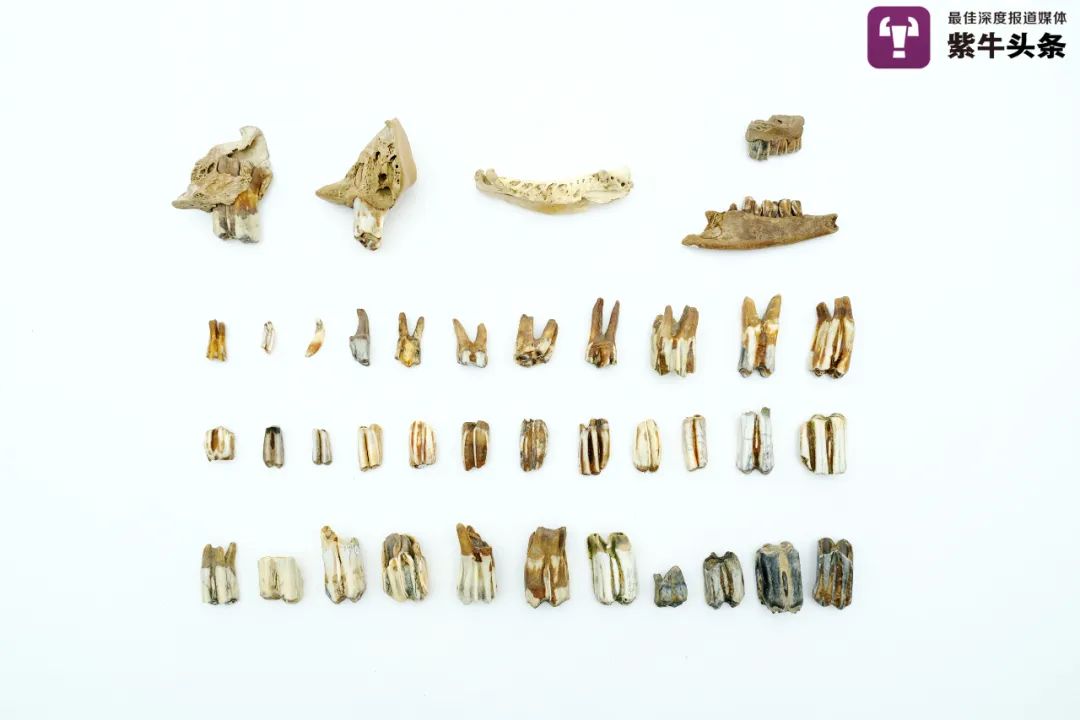
He picked up China's "Feng Shui Money" on the river beach, and these items were obviously brought by the Chinese to Britain.
Zhang Shengjia "muddy treasure hunt" by the river
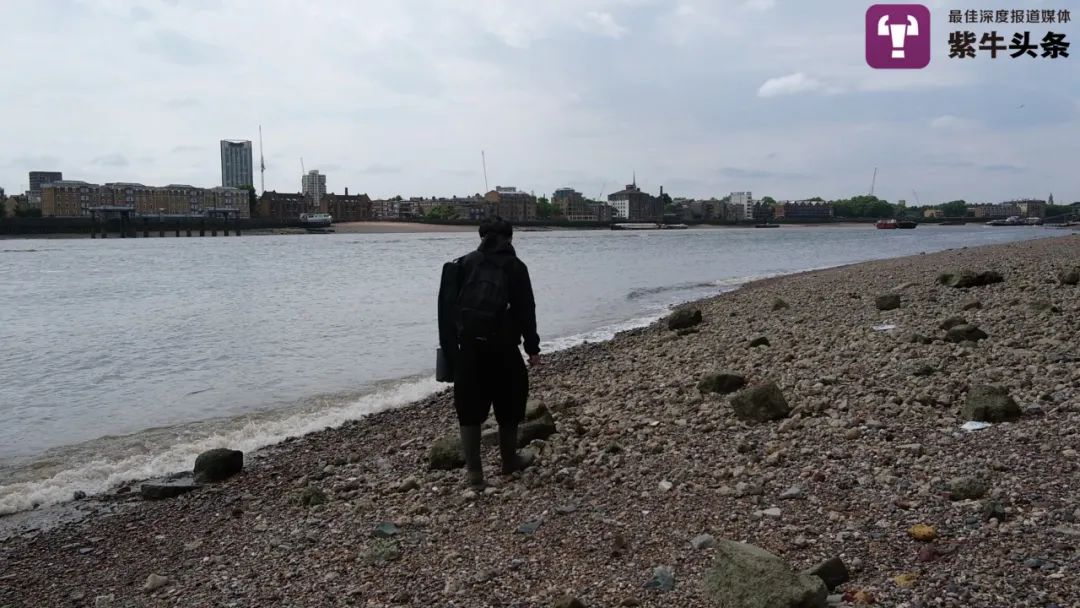
Dig special porcelain fragments
The story that "tells" cannot be seen in the museum
The most interesting discovery of "Muddy Treasure Hunt" was that he found a lot of blue and white porcelain fragments. At first he didn't know the complete appearance of this porcelain, thinking it was a broken Chinese porcelain. One day, he bought a complete blue and white porcelain plate in the second -hand market in London. It was a modern industrial product produced in 1990. Like the fragments he picked up, he began to study this porcelain.
He found that this porcelain is called "Blue Willow", which is an industrial porcelain produced by the British in the 18th century.
Britain and other European countries have always imported porcelain from Chinese history, and Chinese blue and white porcelain has swept Europe. After the start of the industrial revolution, Britain has the ability to produce porcelain in industrialization. The British -made porcelain Tomas Tona and Thomas Milton imitated the Chinese porcelain in the 1980s. After refining and processing by British porcelain vendors, a very representative porcelain style was gradually formed.
British porcelain found by Zhang Shengjia
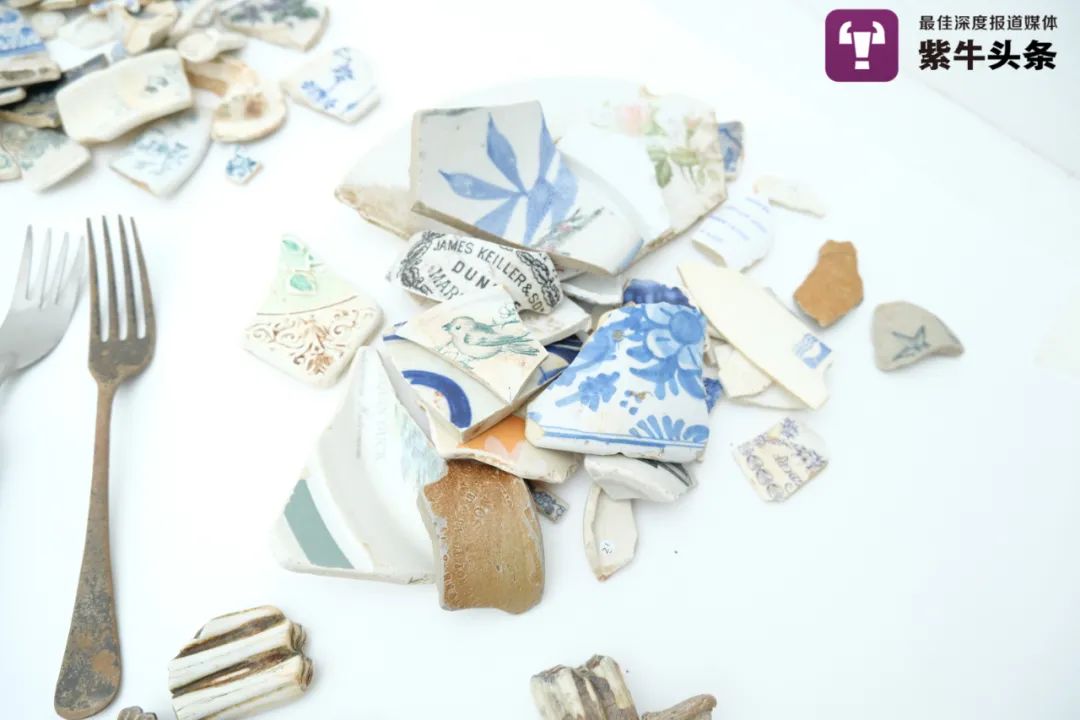
The British porcelain merchants also created a moving Chinese story for "Qingliu Porcelain". The daughter of the government and the official family fell in love with her father's assistant. Her father was very angry and drove the assistant away and built a fence outside the manor. The daughter can only walk in the garden in the fence. His father intends to force his daughter to marry a wealthy businessman. Her daughter eloped with her lover and fled to a small house by a bridge. However, the hut was burned by the wealthy merchants, and the two died in the fire, and the soul turned into two birds and never separated.
Therefore, in the pattern of "Blue Willow Porcelain", not only the cyan willow trees, but also Chinese style elements such as fences, bridges, double birds, and streams.
Driven by the industrial revolution, "Qingliu Porcelain" was able to copy production in large quantities in the UK and gradually entered millions of households.
Instead, to this day, because Britain's labor force is getting more and more expensive, the local "Qingliu Porcelain" has slowly disappeared. Some Chinese factories have begun to receive British "Qingliu Porcelain" orders to produce this kind of porcelain.
Some of the "Qingliu Porcelain" fragments picked up by Zhang Shengjia have been brushed smoothly by the river water, and obviously have a long history. However, this kind of porcelain is still very popular, and many British families have one or two sets. He put the "Qingliu Porcelain" fragments and the complete "Qingliu Porcelain" plate together, and found some people using the old image fragments of "Blue Willow Porcelain" to make a graduation design and named it "Made in English". It means that this pattern is affected by Chinese porcelain, but it is designed and produced by Britain.
Zhang Shengjia's graduation design "Made INGLAND"
After the exhibition is exhibited, most Chinese visitors do not understand the "Qingliu Porcelain" porcelain, and the British are basically familiar because it is British daily necessities.
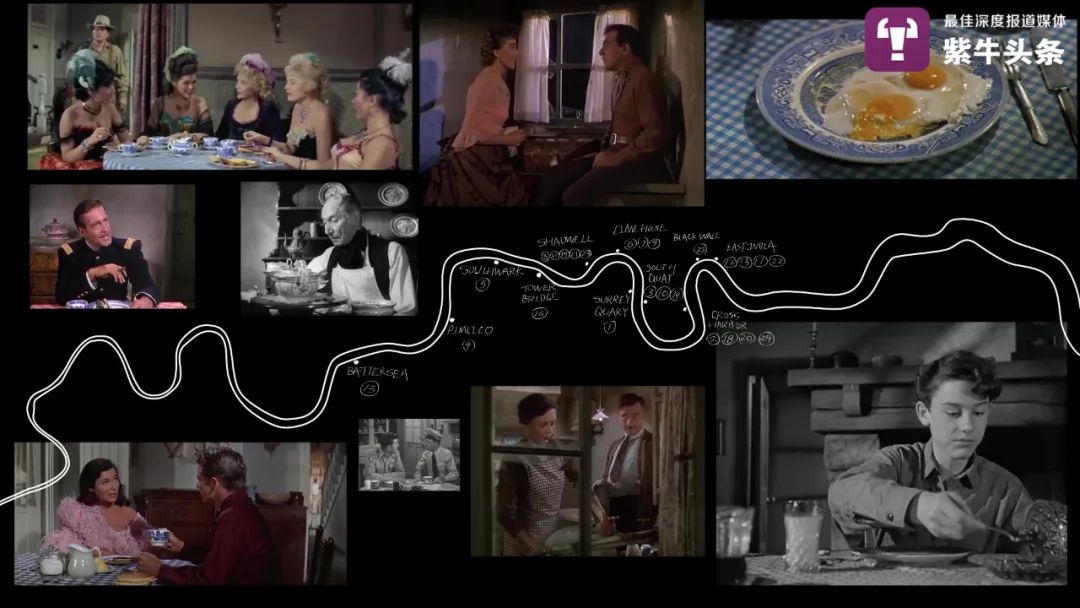
Zhang Shengjia's graduation design "Made INGLAND"
"Qingliu Porcelain" fragments are inconspicuous on the Thames Beach, but Zhang Shengjia believes that they can reveal many stories that cannot be seen in the museum. The British's imagination of the exotic Oriental became a porcelain plate on the table of people with the help of the industrial revolution. Later, they became fragmented by the fragments and were thrown into the Thames. , Make a graduation design.
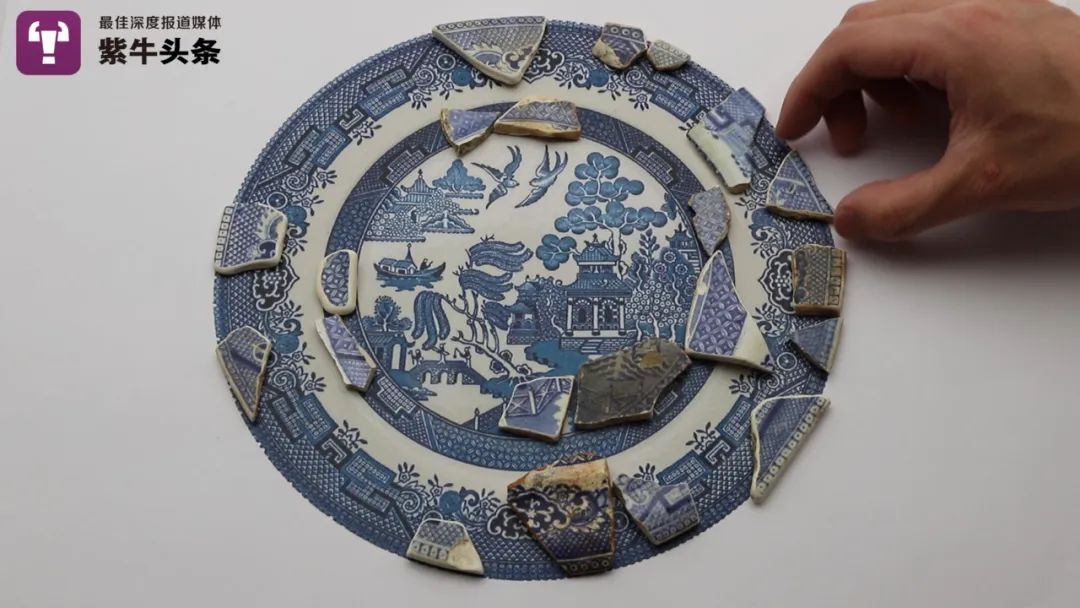
Zi Niu Journalist | Song Shifeng
Edit | Zhang Bingjing
Editing | Wan Huijuan
Editor | Chen Dichen
Video Picture Source: Provided by the respondent
- END -
The famous noun writer Qiao Yu died, he wrote this "Dalian Dalian Youth"!

On June 19th, Qiao Yu, a famous writer and playwright in China, died of illness in...
Entering Mr. Pingwa's "upper study"
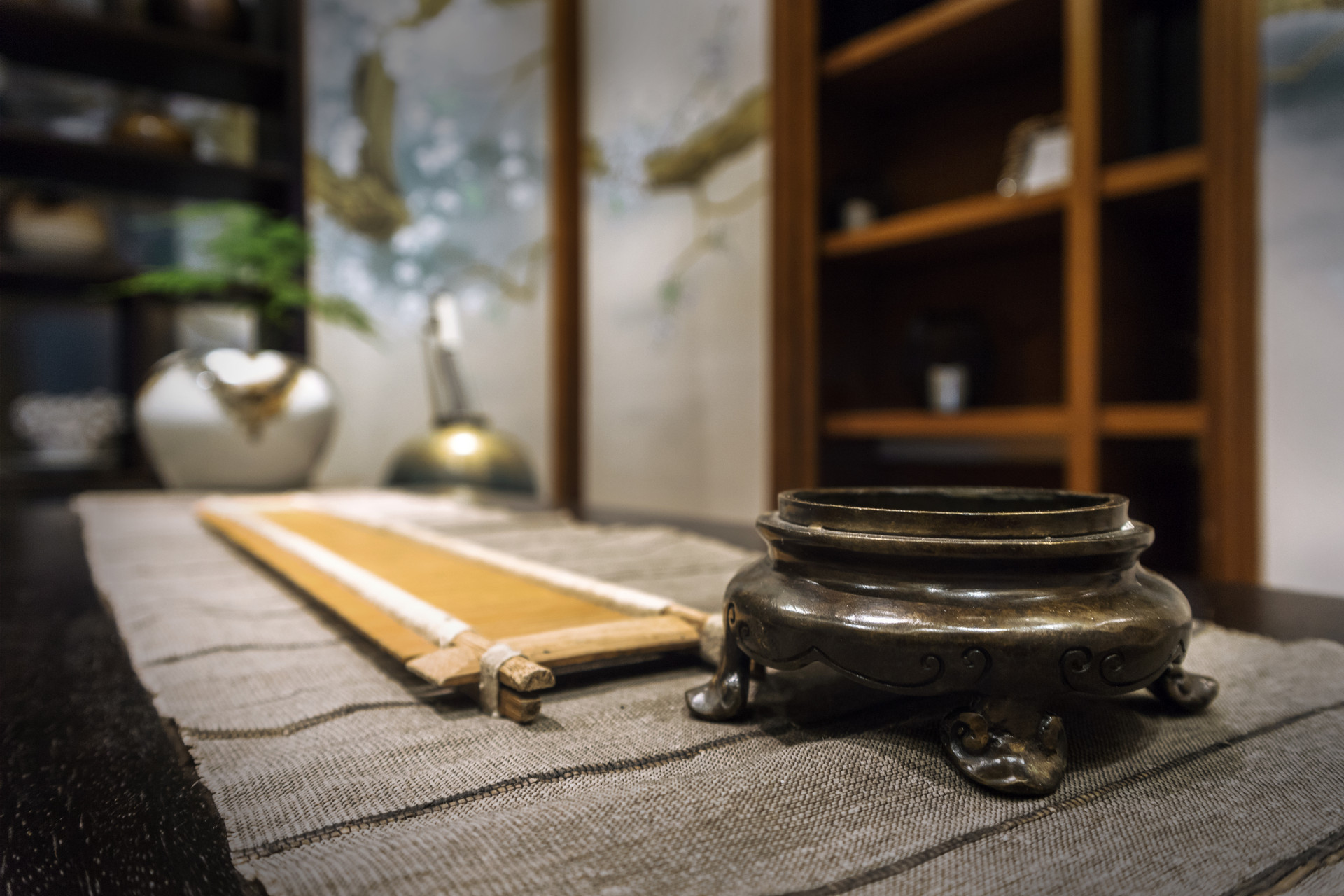
■ He WuOne day in the midsummer in 2021, the editor -in -chief of Ling Qi took us...